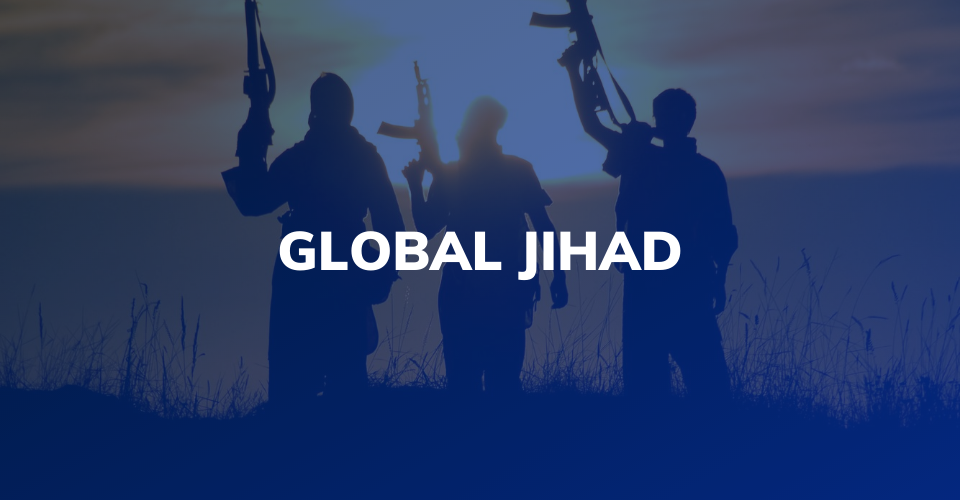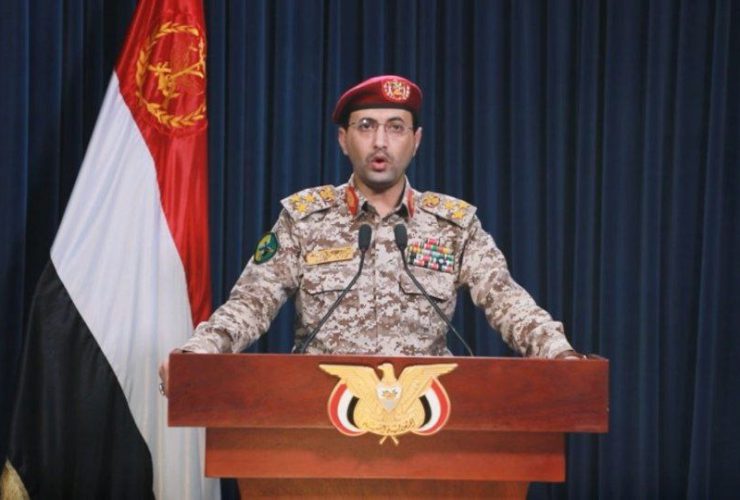The Media System of the Islamic State: On the Road to Recovery?
The Islamic State’s media system and its wise use of social networks helped the organization reach many target audiences around the world and recruit many young people to its ranks. With the loss of the organization’s strongholds in Mosul and Iraq in 2017, its media system took a turn for the worse; namely, a marked decline in the quantity and quality of its publications. This, according to a report published by the “Al-Azhar Observatory for Combating Extremism” (Marsad al-Azhar li-Mukafahat al-Tatarruf) on June 25, 2018. At the same time, Al-Azhar points to signs of recovery in the organization’s media system since the beginning of 2018.[1]
The “Al-Azhar Observatory for Combating Extremism ” was established more than a year ago to monitor and challenge content inciting to violence and propaganda materials of Islamic terrorist organizations, especially the IS and Al-Qaeda, on the Internet. The unit was founded as part of the Institute’s national campaign launched in 2014 against the spread of terrorism in the country, with the blessing of Egyptian President Abdel Fattah al-Sisi. Al-Azhar Institute has existed for over than 1,000 years and is considered one of the most important religious authorities in the Sunni world. The Egyptian regime sees it as a spearhead in the ideological war against the radical thought of Islamic terrorist organizations.[2]
According to the report, Al-Azhar identified three stages since the establishment of the Islamic State’s media system approximately four years ago:
- Strengthening. With the Islamic State’s extensive campaign of conquest in Iraq and Syria and its declaration of the establishment of an Islamic Caliphate in 2015,the organization was able to spread its doctrine thanks to a sophisticated media strategy that attracted thousands of fighters. The products of the Islamic State’s media system excelled in their quality and their production was assisted by the use of modern technological tools. In addition, the organization used social networks to reach large audiences.
- Weakening. Al-Azhar identified several factors at the basis of the weakening of the organization’s media system:
- The loss of 98% of the territories or provinces that were under the organization’s control. Accordingly, the number of local publications began to decrease.
- The loss of many media activists as a result of military attacks. Among those killed were: Abu Muhammad al-‘Adnani, the spokesperson for the organization and the one responsible for carrying out its attacks outside the borders of Iraq and Syria. He was killed on August 30, 2016 in an air strike; Wael ‘Adl Hasan Salman al-Fayad aka Abu Muhammad al-Furqan, the head of the organization’s media department in Iraq and Syria. He was killed on September 7, 2016 in an air strike next to the city of Al-Raqqah in Syria; Ahmad Abu Samra aka Abu Sulayman al-Shami(see photo), born in France with American and Syrian citizenship, who was entrusted with the documentation and production of videos, and was responsible for the organization’s media activities on social networks. He was killed in January 2017 in an air strike in Syria. According to Al-Azhar, “the organization has been unable to find people who can replace the leaders who were killed. [This], in addition to the difficulty faced by talented people to come from abroad as a result of strengthened security measures on the Syrian-Turkish border”.
- A large loss of the organization’s income. For example, the organization lost control of the oil wells that had served as a main source of income.
- The battle being waged by the management of the Facebook, Twitter and YouTube social networks against the organization’s propaganda materials on these platforms. For example, in the beginning of 2016, Twitter’s management reported the closure of 125,000 accounts, most of which belonged to the IS. During the second half of July 2017, YouTube’s management announced the launch of a technological tool called Jigsaw, which was designed to detect and remove violent and radical content from YouTube.
- The Islamic State’s media activists who remained alive were forced to find a hiding place in areas where there were no social networks.
- Regression.The decline in the Islamic State’s media system led to a decrease in the quantity and quality of the organization’s publications; recent publications are mainly characterized by apologetics; claims of responsibility for the organization’s attacks are published late; there is a lack of accuracy in the details; there is a decrease in the number of translated publications, especially from Arabic into foreign languages.
In light of this assessment, Al-Azhar discussed whether the organization’s media system still has the influence on audiences that it did during the period before it lost territory in Iraq and Syria. Al-Azhar’s answer was unequivocal, “The Islamic State’s media system has weakened, and the power of its influence has decreased remarkably compared to previous years”. Nevertheless, Al-Azhar remarked that the organization ascribes considerable importance to its media system and will continue to strengthen it since it views it as a cornerstone in establishing its appeal. As previously expressed by Abu Bakr al-Baghdadi, the leader of the IS, “media jihad [is considered] half of jihad”.
The report also noted that, since the beginning of 2018, the Islamic State’s media system has begun to recover slightly. It has started building new Web sites, producing high-quality media materials and establishing propaganda institutions, especially in Afghanistan and Pakistan. Despite this, however, there is a deep gap between the current media system and the one that operated between 2014-2015. Al-Azhar pointed out some of the official and semi-official platforms currently used by the IS:
- News agencies: Amaq, Muta, Shabakat Akhbar al-Wilayat; al-..
- Media institutions: Al-Furqan; Al-Hayat; Al-Ajnad – officially belong to the organization; Rimah.
- Internet sites: Al-Sawarim; Akhbar al-Muslimin.
- Online magazines: Al-Nabaweekly (produced by the organization’s central media department); Al-Anfal.
- Online radio stations: Al-Bayan(part of the Islamic State’s media wing)
- Local media departments in provinces and cities with an IS presence.
In conclusion, Al-Azhar is largely correct in its assessment. Indeed, the Islamic State’s well-oiled propaganda machine is greatly weakened, as demonstrated by the considerable decline in the quantity and quality of its publications. Nevertheless, the organization is working hard to spread its doctrine through social networks, especially Telegram and Google+. In fact, it is possible to identify dozens of IS-supporting groups on social networks that help disseminate the organization’s official propaganda material, encourage Muslims to join the distribution efforts, and disseminate propaganda materials themselves that match the organization’s tone. It seems that the battle against the Islamic State’s psychological warfare on social networks is still far from over as long as social networks are lacking an appropriate tool to automatically remove inciting content.
[1]https://www.azhar.eg/observer/details/171??-?????-?????-?????????-?????187-?????-?????-?????-??????-1-2; https://www.azhar.eg/observer/details/171??-?????-?????-?????????-?????187-2-2/
[2]See:Michael Barak, “The Al-Azhar Institute – A Key Player in Shaping the Religious and Political Discourse in Egypt”, ICT. 28.3.2016. https://ict.org.il/Article/1647/The-Al-Azhar-Institute#gsc.tab=0






